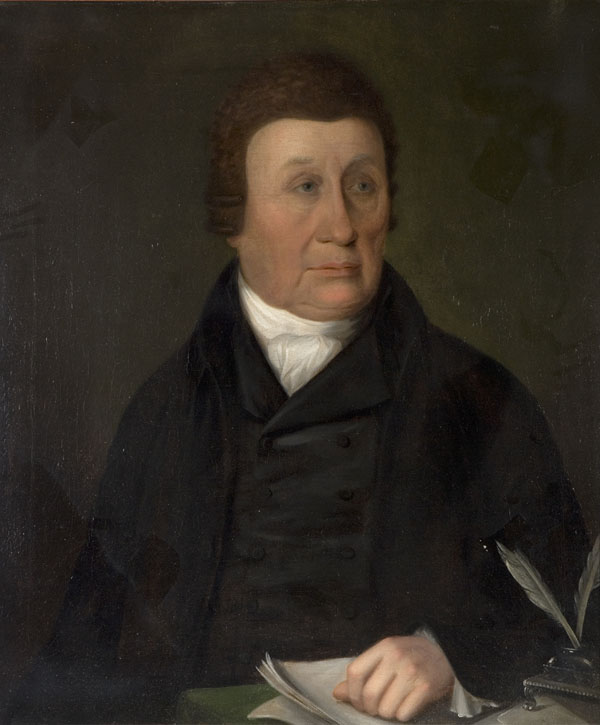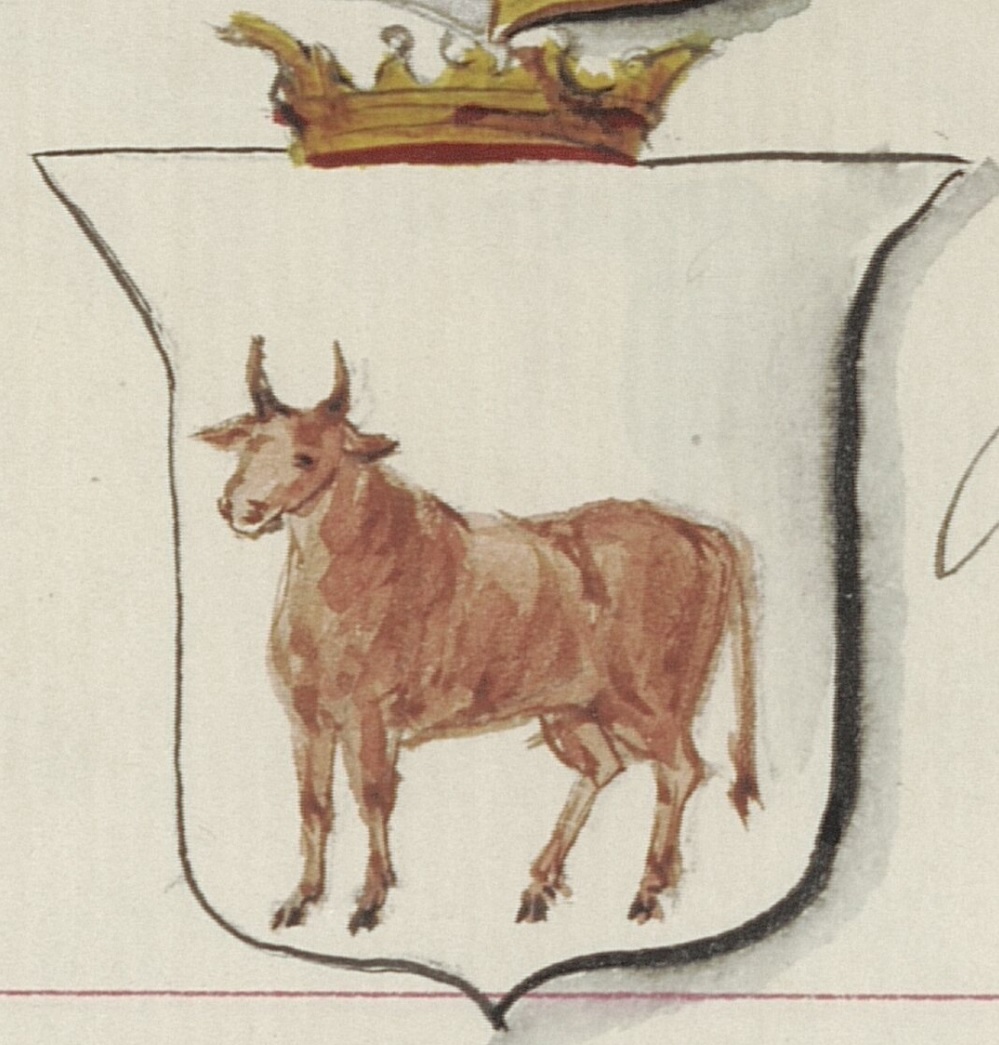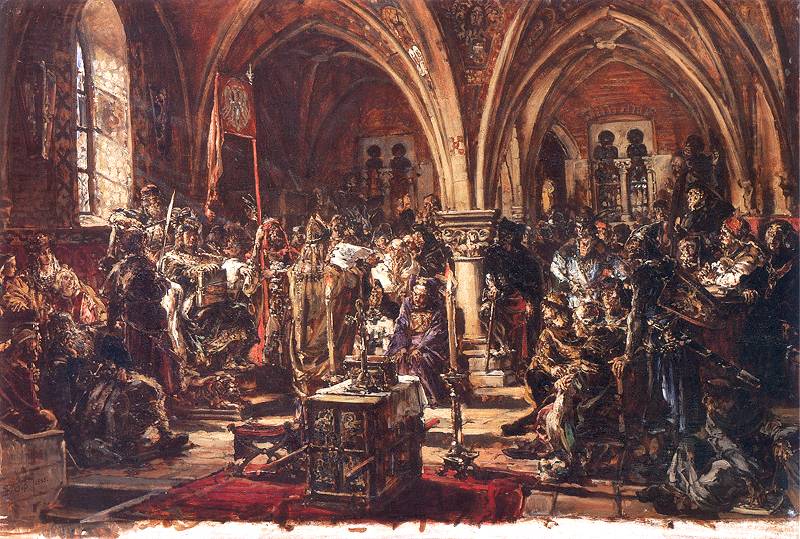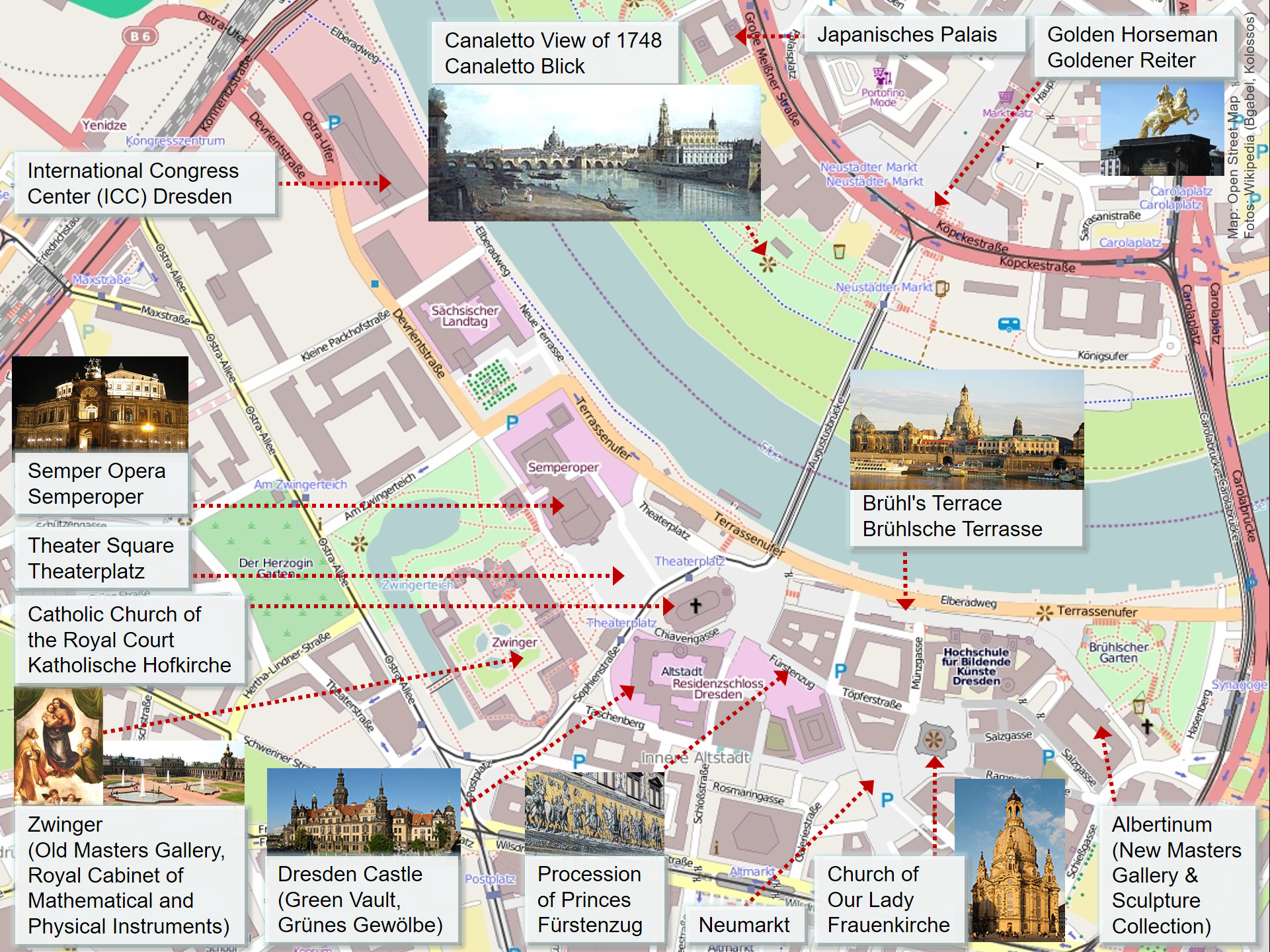|
Charles Hanbury Williams
Sir Charles Hanbury Williams, KB (8 December 1708 – 2 November 1759) was a Welsh diplomat, writer and satirist. He was a Member of Parliament from 1734 until his death. Early life Hanbury was the son of a Welsh ironmaster and Member of Parliament, John Hanbury, and his second wife, Bridget Ayscough, eldest daughter of Sir Edward Ayscough of Stallingborough and South Kelsey. With his father's marriage to Bridget came a fortune of £10,000 and connections with established political families. His mother was a close friend of Sarah Churchill, Duchess of Marlborough. Charles went to Eton, where he befriended the novelist Henry Fielding. In 1720, he assumed the name of Williams, under the terms of a bequest from his godfather, Charles Williams of Caerleon. Career Williams entered Parliament in 1734, representing the Monmouthshire constituency as a supporter of Robert Walpole, and held the seat until 1747. In 1754 he was returned to the commons as member for Leominster, hol ... [...More Info...] [...Related Items...] OR: [Wikipedia] [Google] [Baidu] |
Order Of The Bath
The Most Honourable Order of the Bath is a British order of chivalry founded by George I on 18 May 1725. The name derives from the elaborate medieval ceremony for appointing a knight, which involved bathing (as a symbol of purification) as one of its elements. The knights so created were known as "Knights of the Bath". George I "erected the Knights of the Bath into a regular Military Order". He did not (as is commonly believed) revive the Order of the Bath, since it had never previously existed as an Order, in the sense of a body of knights who were governed by a set of statutes and whose numbers were replenished when vacancies occurred. The Order consists of the Sovereign (currently King Charles III), the Great Master (currently vacant) and three Classes of members: *Knight Grand Cross ( GCB) ''or'' Dame Grand Cross ( GCB) *Knight Commander ( KCB) ''or'' Dame Commander ( DCB) *Companion ( CB) Members belong to either the Civil or the Military Division.''Statutes'' 1925, a ... [...More Info...] [...Related Items...] OR: [Wikipedia] [Google] [Baidu] |
Ironmaster
An ironmaster is the manager, and usually owner, of a forge or blast furnace for the processing of iron. It is a term mainly associated with the period of the Industrial Revolution, especially in Great Britain. The ironmaster was usually a large scale entrepreneur and thus an important member of a community. He would have a large country house or mansion as his residence. The organization of operations surrounding the smelting, refining and casting of iron was labour-intensive, and so there would be numerous workers reliant on the furnace works. There were ironmasters (possibly not called such) from the 17th century onwards, but they became more prominent with the great expansion in the British iron industry during the Industrial Revolution. 17th century ironmasters (examples) An early ironmaster was John Winter (about 1600–1676) who owned substantial holdings in the Forest of Dean. During the English Civil War he cast cannons for Charles I. Following the Restoration, ... [...More Info...] [...Related Items...] OR: [Wikipedia] [Google] [Baidu] |
Catherine The Great
, en, Catherine Alexeievna Romanova, link=yes , house = , father = Christian August, Prince of Anhalt-Zerbst , mother = Joanna Elisabeth of Holstein-Gottorp , birth_date = , birth_name = Princess Sophie of Anhalt-Zerbst , birth_place = Stettin, Pomerania, Prussia, Holy Roman Empire(now Szczecin, Poland) , death_date = (aged 67) , death_place = Winter Palace, Saint Petersburg, Russian Empire , burial_date = , burial_place = Saints Peter and Paul Cathedral, Saint Petersburg , signature = Catherine The Great Signature.svg , religion = Catherine II (born Sophie of Anhalt-Zerbst; 2 May 172917 November 1796), most commonly known as Catherine the Great, was the reigning empress of Russia from 1762 to 1796. She came to power following the overthrow of her husband, Peter III. Under her long reign, inspired by the ideas of the Enlightenment, Russia experienced a renaissance of culture and sciences, which led to the foundin ... [...More Info...] [...Related Items...] OR: [Wikipedia] [Google] [Baidu] |
Saint Petersburg
Saint Petersburg ( rus, links=no, Санкт-Петербург, a=Ru-Sankt Peterburg Leningrad Petrograd Piter.ogg, r=Sankt-Peterburg, p=ˈsankt pʲɪtʲɪrˈburk), formerly known as Petrograd (1914–1924) and later Leningrad (1924–1991), is the List of cities and towns in Russia by population, second-largest city in Russia. It is situated on the Neva River, at the head of the Gulf of Finland on the Baltic Sea, with a population of roughly 5.4 million residents. Saint Petersburg is the List of European cities by population within city limits, fourth-most populous city in Europe after Istanbul, Moscow and London, the List of cities and towns around the Baltic Sea, most populous city on the Baltic Sea, and the world's List of northernmost items#Cities and settlements, northernmost city of more than 1 million residents. As Russia's Imperial capital, and a Ports of the Baltic Sea, historically strategic port, it is governed as a Federal cities of Russia, federal city. ... [...More Info...] [...Related Items...] OR: [Wikipedia] [Google] [Baidu] |
Berlin
Berlin is Capital of Germany, the capital and largest city of Germany, both by area and List of cities in Germany by population, by population. Its more than 3.85 million inhabitants make it the European Union's List of cities in the European Union by population within city limits, most populous city, as measured by population within city limits having gained this status after the United Kingdom's, and thus London's, Brexit, departure from the European Union. Simultaneously, the city is one of the states of Germany, and is the List of German states by area, third smallest state in the country in terms of area. Berlin is surrounded by the state of Brandenburg, and Brandenburg's capital Potsdam is nearby. The urban area of Berlin has a population of over 4.5 million and is therefore the most populous urban area in Germany. The Berlin/Brandenburg Metropolitan Region, Berlin-Brandenburg capital region has around 6.2 million inhabitants and is Germany's second-largest metropolitan reg ... [...More Info...] [...Related Items...] OR: [Wikipedia] [Google] [Baidu] |
Stanisław August Poniatowski
Stanisław II August (born Stanisław Antoni Poniatowski; 17 January 1732 – 12 February 1798), known also by his regnal Latin name Stanislaus II Augustus, and as Stanisław August Poniatowski, was King of Poland and Grand Duke of Lithuania from 1764 to 1795, and the last monarch of the Polish–Lithuanian Commonwealth. Born into wealthy Polish aristocracy, Poniatowski arrived as a diplomat at the Russian imperial court in Saint Petersburg in 1755 at the age of 22 and became intimately involved with the future empress Catherine the Great. With her aid, he was elected King of Poland and Grand Duke of Lithuania by the Sejm in September 1764 following the death of Augustus III. Contrary to expectations, Poniatowski attempted to reform and strengthen the large but ailing Commonwealth. His efforts were met with external opposition from neighbouring Prussia, Russia and Austria, all committed to keeping the Commonwealth weak. From within he was opposed by conservative interests, whi ... [...More Info...] [...Related Items...] OR: [Wikipedia] [Google] [Baidu] |
August Aleksander Czartoryski
Prince August Aleksander Czartoryski (9 November 1697, Warsaw4 April 1782, Warsaw) was a member of the Polish nobility (), magnate. He is the founder of the Czartoryski family fortune. Life August became major-general of the Polish Army in 1729, voivode of the Ruthenian Voivodeship in 1731, general starost of Podolia in 1750–1758, and a Knight of Malta. He was starost of Warsaw, Kościerzyna, Lubochnia, Kałusz, Latowicz, Lucyn, Wąwolnica, Kupiski and Pieniań. He supported Stanisław Leszczyński during the War of the Polish Succession. During the reign of August III, with his brother Michał, Czartoryski was a leader of the " Familia." During the interregnum of 1763–64, he strove for the Polish crown for himself, later for his son Adam Kazimierz. From 1764 to 1766, he was marshal of the General Confederation (); from 1764, a commander for the Crown. He was a supporter of political reforms during the Republic, and an opponent of the Radom Confederation. Awards * ... [...More Info...] [...Related Items...] OR: [Wikipedia] [Google] [Baidu] |
Czartoryski
The House of Czartoryski (feminine form: Czartoryska, plural: Czartoryscy; lt, Čartoriskiai) is a Polish princely family of Lithuanian- Ruthenian origin, also known as the Familia. The family, which derived their kin from the Gediminids dynasty, by the mid-17th century had split into two branches, based in the Klevan Castle and the Korets Castle, respectively. They used the Czartoryski coat of arms and were a noble family of the Polish–Lithuanian Commonwealth in the 18th century. The Czartoryski and the Potocki were the two most influential aristocratic families of the last decades of the Polish–Lithuanian Commonwealth (1569–1795). History The Czartoryski family is of Lithuanian descent from Ruthenia. Their ancestor, a grandson of Gediminas, the Grand Duke of Lithuania, became known with his baptismal name Constantine ( 1330−1390) - he became a Prince of Chortoryisk in Volhynia.Tęgowski J. ''Który Konstanty — Olgierdowic czy Koriatowic — był przodk ... [...More Info...] [...Related Items...] OR: [Wikipedia] [Google] [Baidu] |
Sejm
The Sejm (English: , Polish: ), officially known as the Sejm of the Republic of Poland ( Polish: ''Sejm Rzeczypospolitej Polskiej''), is the lower house of the bicameral parliament of Poland. The Sejm has been the highest governing body of the Third Polish Republic since the transition of government in 1989. Along with the upper house of parliament, the Senate, it forms the national legislature in Poland known as National Assembly ( pl, Zgromadzenie Narodowe). The Sejm is composed of 460 deputies (singular ''deputowany'' or ''poseł'' – "envoy") elected every four years by a universal ballot. The Sejm is presided over by a speaker called the "Marshal of the Sejm" (''Marszałek Sejmu''). In the Kingdom of Poland, the term "''Sejm''" referred to an entire two- chamber parliament, comprising the Chamber of Deputies ( pl, Izba Poselska), the Senate and the King. It was thus a three-estate parliament. The 1573 Henrician Articles strengthened the assembly's jurisdiction, m ... [...More Info...] [...Related Items...] OR: [Wikipedia] [Google] [Baidu] |
Poland
Poland, officially the Republic of Poland, , is a country in Central Europe. Poland is divided into Voivodeships of Poland, sixteen voivodeships and is the fifth most populous member state of the European Union (EU), with over 38 million people, and the List of European countries by area, seventh largest EU country, covering a combined area of . It extends from the Baltic Sea in the north to the Sudetes and Carpathian Mountains in the south, bordering seven countries. The territory is characterised by a varied landscape, diverse ecosystems, and Temperate climate, temperate transitional climate. The capital and List of cities and towns in Poland, largest city is Warsaw; other major cities include Kraków, Wrocław, Łódź, Poznań, and Gdańsk. Prehistory and protohistory of Poland, Humans have been present on Polish soil since the Lower Paleolithic, with continuous settlement since the end of the Last Glacial Period over 12,000 years ago. Culturally diverse throughout ... [...More Info...] [...Related Items...] OR: [Wikipedia] [Google] [Baidu] |
Dresden
Dresden (, ; Upper Saxon: ''Dräsdn''; wen, label=Upper Sorbian, Drježdźany) is the capital city of the German state of Saxony and its second most populous city, after Leipzig. It is the 12th most populous city of Germany, the fourth largest by area (after Berlin, Hamburg and Cologne), and the third most populous city in the area of former East Germany, after Berlin and Leipzig. Dresden's urban area comprises the towns of Freital, Pirna, Radebeul, Meissen, Coswig, Radeberg and Heidenau and has around 790,000 inhabitants. The Dresden metropolitan area has approximately 1.34 million inhabitants. Dresden is the second largest city on the River Elbe after Hamburg. Most of the city's population lives in the Elbe Valley, but a large, albeit very sparsely populated area of the city east of the Elbe lies in the West Lusatian Hill Country and Uplands (the westernmost part of the Sudetes) and thus in Lusatia. Many boroughs west of the Elbe lie in the foreland of th ... [...More Info...] [...Related Items...] OR: [Wikipedia] [Google] [Baidu] |
Leominster (UK Parliament Constituency)
Leominster was a parliamentary constituency represented until 1707 in the House of Commons of England, then until 1801 in that of Great Britain, and finally until 2010, when it disappeared in boundary changes, in the Parliament of the United Kingdom. From 1295 to 1885, Leominster was a parliamentary borough which until 1868 elected two Members of Parliament by the bloc vote system of election. Under the Reform Act 1867 its representation was reduced to one Member, elected by the first past the post system. The parliamentary borough was abolished under the Redistribution of Seats Act 1885, and the name was transferred to a new county constituency. History Abolition Following the review by the Boundary Commission for England of parliamentary representation in Herefordshire, no longer connected for such reasons with Worcestershire, two parliamentary constituencies have been allocated to the county. Most of the Leominster seat has been replaced by the North Herefordshire seat ... [...More Info...] [...Related Items...] OR: [Wikipedia] [Google] [Baidu] |
.jpg)

.jpg)





